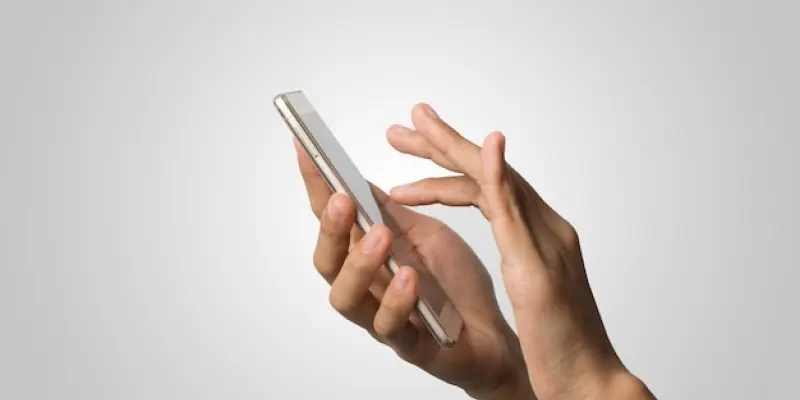The Samsung Galaxy S25 Edge has captivated the tech community with its impressive thin design coupled with robust performance capabilities, proving to be a noteworthy entry in Samsung’s flagship series. The smartphone measures a mere 5.8 millimeters in thickness, offering a slender form that piques curiosity about its internal features. This slender design, however, presents certain challenges, particularly concerning the device’s battery capacity. With a 3,900 mAh battery, the S25 Edge initially raises concerns about its endurance compared to the S25+, which boasts a larger 4,900 mAh battery. Despite these concerns, early hands-on tests highlight that battery performance is competitive, showing that the thinner model trails only slightly in longevity compared to its bigger counterpart. The battery comparison yielded a minor difference, with the S25 Edge having a 2% lower life after 3 hours and 20 minutes of usage, and a 5% difference after 7 hours and 22 minutes, suggesting efficient power management.
Performance Across Benchmarks
Transitioning to computational prowess, the Galaxy S25 Edge strikes a commendable balance between its sleek frame and operational capacity. Sitting alongside this model, the Galaxy S25+ shows only a modest edge in performance metrics according to various benchmark tests. Notably, Geekbench 6 results indicate that the S25+ eclipses the S25 Edge by approximately 5% in both single-core and multi-core scores. Despite this slight lead, the difference can often be negligible for everyday users. In the 3DMark WildLife stress test, the distinctions were similarly minimal. These results might be partly due to the S25 Edge operating on an early software iteration, meaning software optimization could further close the performance gap. This possibility leaves room for speculation on the potential advancements in software tuning that could bring the S25 Edge closer in performance to the S25+.
Design Trade-offs and Future Potential
The Samsung Galaxy S25 Edge effectively underscores the interplay between design considerations and performance efficiencies, revealing the thoughtful compromises made in crafting this device. The predominant takeaway is that despite a reduced battery capacity and minor performance discrepancies, the S25 Edge does not falter significantly behind its larger counterparts. It stands as a viable option for consumers seeking a device that is as visually appealing as it is competent in handling everyday tasks. The promise of further software refinements suggests that its competitive edge will sharpen over time, potentially elevating the S25 Edge even closer to the S25+ in real-world performance scenarios. This highlights the adaptive nature of technology development and the potential for future enhancements through ongoing updates, solidifying the S25 Edge’s presence in an ever-evolving smartphone market.

